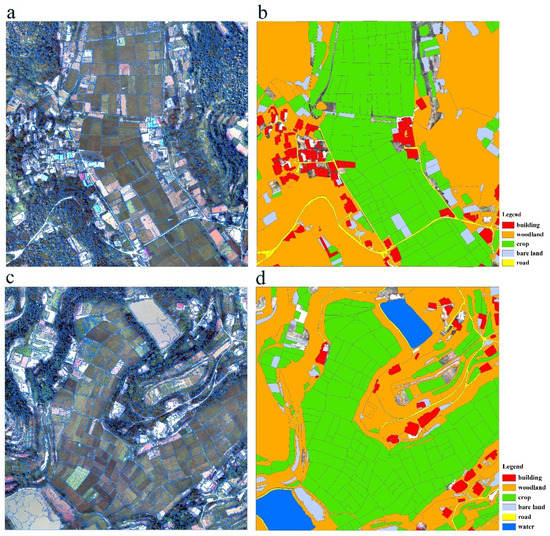1
Jiangsu Provincial Key Laboratory of Geographic Information Science and Technology, Nanjing University, Nanjing 210023, China
2
Department of Geoinformatics—Z_GIS, University of Salzburg, Hellbrunner Str. 34, A-5020 Salzburg, Austria
3
Urban and Resources Environmental College, Nanjing Second Normal University, Nanjing 210013, China
*
Author to whom correspondence should be addressed.
Academic Editors: Tao Cheng and Wolfgang Kainzg
Received: 29 December 2016 / Revised: 10 February 2017 / Accepted: 15 February 2017 / Published: 18 February 2017
Abstract
The increased feature space available in object-based classification environments (e.g., extended spectral feature sets per object, shape properties, or textural features) has a high potential of improving classifications. However, the availability of a large number of derived features per segmented object can also lead to a time-consuming and subjective process of optimizing the feature subset. The objectives of this study are to evaluate the effect of the advanced feature selection methods of popular supervised classifiers (Support Vector Machines (SVM) and Random Forest (RF)) for the example of object-based mapping of an agricultural area using Unmanned Aerial Vehicle (UAV) imagery, in order to optimize their usage for object-based agriculture pattern recognition tasks. In this study, several advanced feature selection methods were divided into both types of classifiers (SVM and RF) to conduct further evaluations using five feature-importance-evaluation methods and three feature-subset-evaluation methods. A visualization method was used to measure the change pattern of mean classification accuracy with the increase of features used, and a two-tailed t-test was used to determine the difference between two population means for both repeated ten classification accuracies. This study mainly contribute to the uncertainty analysis of feature selection for object-based classification instead of the per-pixel method. The results highlight that the RF classifier is relatively insensitive to the number of input features, even for a small training set size, whereby a negative impact of feature set size on the classification accuracy of the SVM classifier was observed. Overall, the SVM Recursive Feature Elimination (SVM-RFE) seems to be an appropriate method for both groups of classifiers, while the Correlation-based Feature Selection (CFS) is the best feature-subset-evaluation method. Most importantly, this study verified that feature selection for both classifiers is crucial for the evolving field of Object-based Image Analysis (OBIA): It is highly advisable for feature selection to be performed before object-based classification, even though an adverse impact could sometimes be observed from the wrapper methods. View Full-Text
Keywords: classification; object-based image analysis (OBIA); feature selection; SVM-RFE; CFS; random forest; support vector machines; high-resolution image
▼ Figures
This is an open access article distributed under the Creative Commons Attribution License which permits unrestricted use, distribution, and reproduction in any medium, provided the original work is properly cited. (CC BY 4.0).
For further details log on website :
http://www.mdpi.com/2220-9964/6/2/51






No comments:
Post a Comment